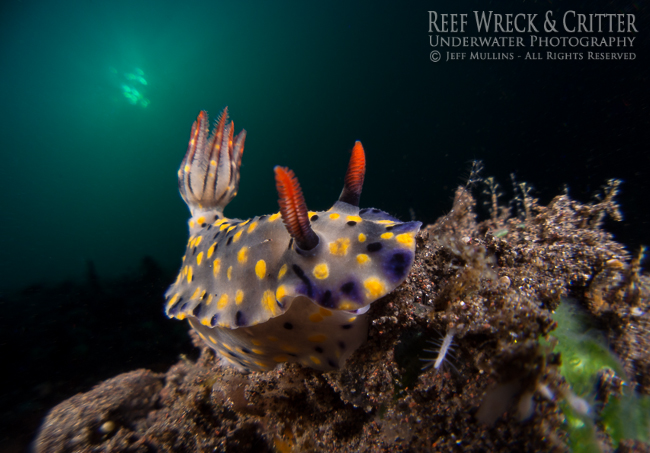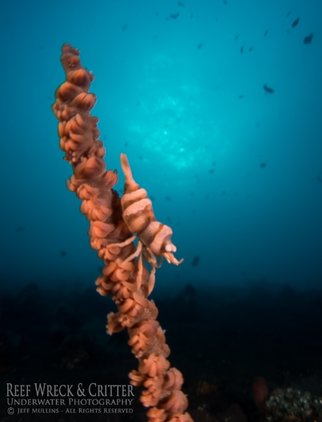Using the INON UFL-M150 ZM80 Micro Fish Eye Lens with Olympus PEN & OMD camera's underwater
This INON Insect Eye Lens is listed as a speciality lens that offers "150 degree ultra wide fish eye, a compact fisheye lens to shoot through eyes of small marine life, so-called "insect-eye lens" imaging..... hmm I wonder what all that means?
Well the INON Insect Eye Lens certainly is a speciality lens. It is not just a standard fish eye lens, it has to be used in very close quarters to your subject. Almost touching it! This is because the lens cannot focus further than around 30cms from the camera, but can focus all the way down to the glass on the front mini-dome. The INON Insect Eye Lens fits into an adapter that itself screws into any 67mm lens adapter. The smaller thread on the lens body is screwed in or out until the INON Insect Eye Lens is touching the front port of the camera housing on Olympus housings (it has a soft rubber ring to stop any damage to the port) Then the second smaller ring surrounding the lens is turned to lock the position of the lens. The distance between the port and the Insect Eye Lens can be adjusted underwater to achieve the best results without cropping of the image in the corners. The camera lens is set to the longest telephoto end (42mm or 50mm dependent on which lens I am using - see below). Check this list if you are thinking of buying this lens, as your camera/housing may not be compatible: http://www.inon.jp/pdf-dl/_userdata/SystemTable-EN.pdf
The INON Insect Eye Lens gives a whole new perspective to the underwater world. Nudibranchs can fill the frame and still show the surrounding reef. A shrimp on a sea whip along with the surrounding fish and blue water. The Insect Eye Lens even works on macro video subjects (the main reson I purchased this lens).
To use the lens for still photos, I use either of the Olympus standard kit zoom lenses (The Olympus 12-50mm or 14-42mm lens), set to a relatively high aperture (F8-F16, to gain the most depth of field), shutter speed to around 1/60th to 1/100th second (to get the most back ground natural lighting) and then select an ISO that gives me a correct background exposure (this can be between ISO 400 to 1000 depending on the subject and amount of daylight), then bring my strobes directly alongside the lens and adjust strobe power to achieve the lighting on the foreground subject (normally I use MAD Flip Snoot to get the light just on the foreground subject and not light the surrounding water - to reduce any backscatter). Some sample photo results are posted here to give you an idea of the potential of this lens. It isn't for every day underwater photography, but it is the only lens style that allows macro subjects to be photographed among their surroundings.




 RSS Feed
RSS Feed
